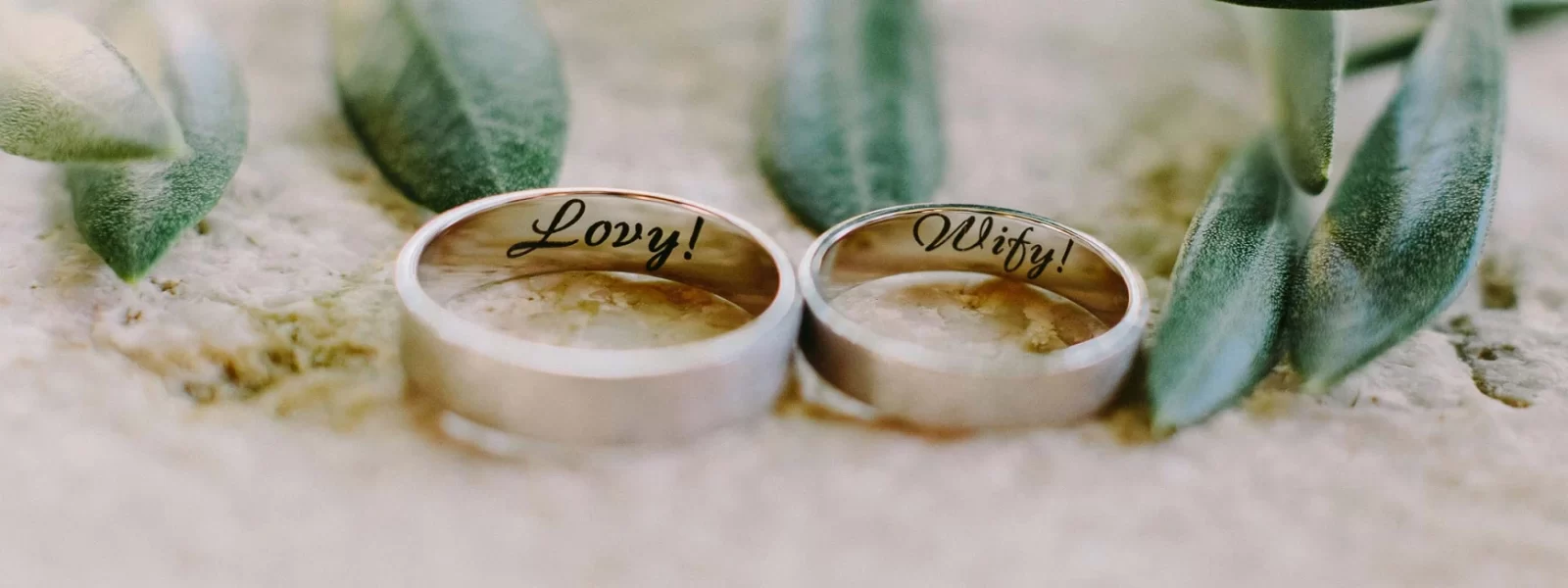Engagement rings have transcended their status as mere symbols of betrothal; they have become icons of love, commitment, and storytelling in both literature and film. Across various narratives, from classic novels to modern blockbusters, the engagement ring serves as a powerful motif that enhances plotlines and enriches character development.
In literature, the introduction of an engagement ring often marks a significant turning point in a story. It symbolizes the promise of union between characters, highlighting themes of devotion and fidelity. For instance, in Charlotte Brontë’s Jane Eyre, the engagement ring given to Jane by Mr. Rochester represents their impending marriage and mutual affection. The ring not only signifies their commitment but also becomes a tangible link to their evolving relationship, amidst the challenges they face.
In Jane Austen’s Pride and Prejudice, the significance of the engagement ring goes beyond mere symbolism. It represents the culmination of Elizabeth Bennet and Mr. Darcy’s journey toward mutual understanding and respect. The exchange of rings is a moment of resolution and growth, marking the characters’ emotional and personal development throughout the novel.
Similarly, in film, engagement rings are frequently employed to evoke emotional depth and narrative progression. Iconic movies like The Lord of the Rings trilogy use rings, albeit not engagement rings in the traditional sense, to symbolize power, destiny, and the bonds between characters. However, in romantic genres, such as Titanic or The Notebook, engagement rings symbolize the culmination of love stories, representing the protagonists’ journey towards unity and fulfillment.
In Titanic, the Heart of the Ocean diamond, although not a traditional engagement ring, serves as a central plot device that symbolizes love, loss, and the fleeting nature of time. In The Notebook, the engagement ring represents Noah and Allie’s enduring love and the trials they overcome to be together. These films use the ring not only as a symbol of commitment but also as a tool to explore deeper themes of memory, sacrifice, and devotion.
Moreover, engagement rings in literature and film often serve as catalysts for conflict or resolution. In J.R.R. Tolkien’s The Lord of the Rings, the One Ring drives a central conflict that spans generations, demonstrating how a ring’s power can influence and shape destinies. On the other hand, in more realistic portrayals, such as in Pride and Prejudice, the exchange of engagement rings signifies reconciliation and the characters’ growth towards mutual understanding.
Beyond their narrative functions, engagement rings hold cultural and societal significance. They reflect evolving attitudes towards love, marriage, and gender roles. In contemporary literature and film, engagement rings are portrayed not only as symbols of commitment but also as expressions of personal identity and autonomy.
For instance, in the film Sex and the City, Carrie Bradshaw’s unconventional engagement ring, a black diamond, highlights her unique personality and non-traditional approach to love and marriage. This portrayal resonates with modern audiences who value individuality and personal expression in their relationships.
The symbolism of engagement rings extends beyond the fictional realm, resonating deeply with audiences worldwide. Whether portrayed as heirlooms, tokens of affection, or artifacts of power, engagement rings in literature and film capture universal themes of love, longing, and the human desire for connection.
In conclusion, engagement rings play a multifaceted role in literature and film, serving as powerful symbols that enrich narratives with emotional depth and thematic complexity. From Shakespearean tragedies to modern romantic comedies, these rings serve as potent reminders of love’s endurance and the characters’ journeys towards unity and fulfillment. As storytelling continues to evolve, engagement rings will undoubtedly remain integral to narratives, perpetuating their timeless allure and significance in the realms of literature and film.












Leave a Reply